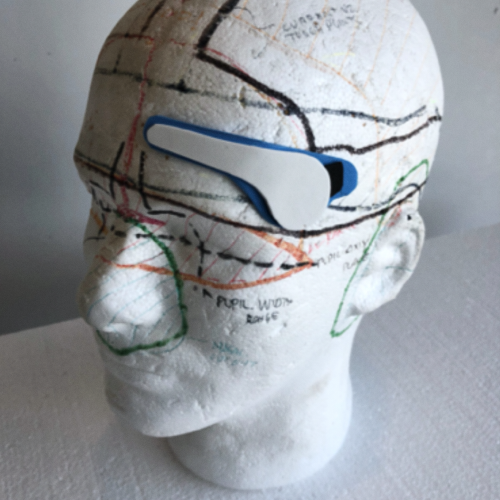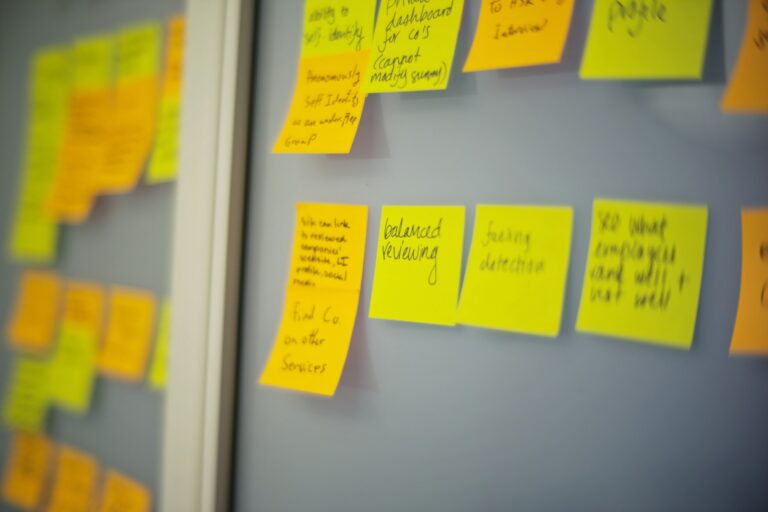Enter User-Centered Design (UCD) in medtech: a philosophy and methodology that places the needs, behaviors, and limitations of the end-user at the heart of every decision. For emerging medtech companies, embracing UCD isn’t merely a best practice; it’s a non-negotiable strategy for success, driving everything from adoption rates to regulatory approval.
What Exactly is User-Centered Design in Medtech?
At its core, UCD is an iterative design process that focuses relentlessly on understanding the users, their tasks, and the environments in which a product will be used. Its principles are simple: understand, specify, design, and evaluate – repeating these steps until the optimal solution is found.
However, UCD takes on a profoundly different character within the medical device industry. Here, the stakes are considerably higher. A poorly designed user interface on a medical pump, for instance, could lead to a catastrophic medication error. This is where medical device usability becomes paramount. It’s not just about making a device easy to use, but ensuring it’s safe to use, even under stressful or challenging conditions.
This emphasis brings Human Factors Engineering (HFE) in medical devices into sharp focus. HFE systematically applies knowledge about human capabilities and limitations to the design of systems, products, and environments. In medtech, HFE is dedicated to optimizing human performance and reducing errors, aligning directly with patient safety goals. It’s the scientific backbone of UCD in a clinical setting.
The UCD Process: A Medtech Startup’s Roadmap
For a medtech startup, the UCD process isn’t a linear checklist but a continuous loop of learning and refinement.
- Discovery & Research: Stepping into Your User’s Shoes This initial phase is about deep empathy. It involves:
- Identifying Diverse User Groups: Who will interact with your device? Patients, family members, nurses, doctors, pharmacists, maintenance staff? Each group has unique needs and contexts.
- Understanding Workflows and Pain Points: How are tasks currently performed? Where are the inefficiencies, frustrations, or safety risks? This requires ethnographic studies, contextual inquiry, and direct observation in clinical settings (where permitted and appropriate).
- Analyzing Environments: Is the device used in a sterile operating room, a chaotic emergency department, or a patient’s home? Environmental factors profoundly impact design.
- Analysis: Making Sense of the Insights Once data is collected, it needs structure. This involves:
- Persona Development: Creating detailed profiles of your archetypal users, including their goals, motivations, behaviors, and frustrations.
- User Journeys: Mapping out the complete experience a user has with your device, from initial awareness to long-term use and maintenance.
- Task Analysis: Breaking down complex interactions into individual steps, identifying potential points of error or difficulty.
- Design & Ideation: Crafting Solutions With a clear understanding of the users, the creative process begins:
- Concept Generation: Brainstorming a wide range of potential solutions.
- Wireframing & Prototyping: Rapidly creating representations of the device, from low-fidelity sketches and paper prototypes to high-fidelity 3D models and interactive software simulations. This iterative approach allows for quick testing and refinement before significant resources are committed.
- Evaluation & Testing: The Ultimate Reality Check This is where assumptions are validated or challenged:
- Usability Testing: Observing real users interacting with prototypes (or even early versions of the device) to identify usability issues. This includes both formative testing (early in development to guide design changes) and summative testing (formal testing to confirm safety and effectiveness before market release).
- Risk Analysis: Directly linking identified usability issues to potential patient harms or errors, a critical component for regulatory submissions.
UCD and Regulatory Compliance: A Strategic Advantage
For medtech, patient-centric medical device design isn’t just good business practice; it’s a regulatory expectation. Agencies like the FDA and those overseeing the CE Mark in Europe have clear guidelines on incorporating human factors and usability engineering into the design and development process.
For instance, the FDA’s “Applying Human Factors and Usability Engineering to Medical Devices” guidance emphasizes the importance of these activities throughout the product lifecycle. Integrating UCD early into your development cycle isn’t just about compliance; it’s about saving time and money. Identifying and fixing design flaws during early prototyping is exponentially cheaper than discovering them during clinical trials or, worse, after market release when redesigns trigger costly re-submissions and potential recalls.
The Unmistakable Benefits of a Strong UCD Approach
Embracing UCD offers a cascade of advantages for any medtech venture:
- Improved Patient Safety and Outcomes: This is the ultimate goal. Intuitive interfaces and well-designed workflows minimize the risk of user error, directly protecting patients.
- Enhanced User Satisfaction and Adoption: When a device is easy and pleasant to use, clinicians are more likely to adopt it, and patients are more likely to adhere to treatment protocols.
- Reduced Training Needs and Support Costs: Devices that are self-explanatory require less extensive training for new users and lead to fewer support calls.
- Stronger Competitive Advantage and Market Acceptance: A superior user experience can be a powerful differentiator in a crowded market.
- Smoother Regulatory Submissions: A well-documented UCD process provides crucial evidence for regulatory bodies, demonstrating that safety and usability were meticulously considered.
Challenges and How a Virtual Incubator Can Help
While the benefits are clear, medtech startups often face unique challenges in implementing robust UCD:
- Resource Constraints: Deep user research and iterative prototyping can seem expensive for lean startups.
- Access to Diverse User Groups: Getting honest feedback from busy clinicians or vulnerable patient populations can be difficult.
- Integrating UCD into Quality Management Systems: Ensuring design control and regulatory compliance alongside agile UCD practices.
This is precisely where a virtual incubator like iolifescience.com shines. We can provide:
- Expert Mentorship: Guidance on efficient UCD methodologies tailored for startups.
- Network Access: Connections to user pools, clinical sites, and human factors consultants.
- Tool Recommendations: Advice on virtual tools for remote user research, prototyping, and collaboration.
- Strategic Integration: Support in weaving UCD activities seamlessly into your existing quality management system.
Conclusion
In the demanding realm of medical technology, user-centered design medtech is not a luxury; it’s the bedrock of impactful innovation. It transforms a mere concept into a solution that is not only clinically effective but also safe, usable, and truly valued by those who depend on it. For your medtech venture, embracing UCD isn’t an expense; it’s a strategic investment that will pave the way for successful regulatory clearance, widespread adoption, and ultimately, a meaningful difference in patient lives.



